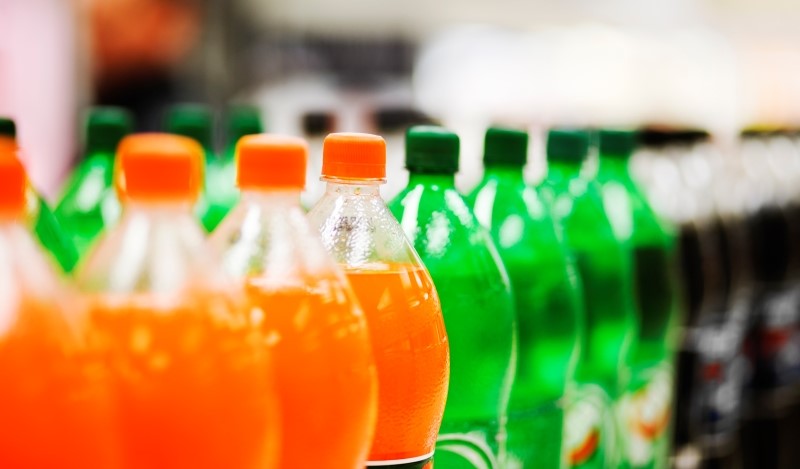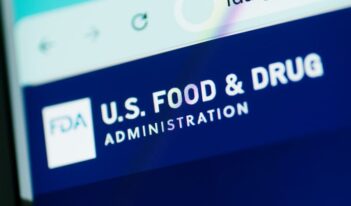
FDA proposes a rule that would prohibit the use of a toxic food additive in sodas.
The United States has some of the highest rates of soft drink consumption. Nearly one in five U.S. citizens drinks at least one soda a day.
To protect consumers from the potential adverse health effects of soda consumption, the U.S. Food and Drug Administration (FDA) recently proposed prohibiting brominated vegetable oil (BVO), a food additive used to prevent citrus flavors from separating and floating to the top in sodas. If the proposed rule is finalized, beverage companies must eliminate BVO as a product ingredient.
FDA proposed the ban in response to the results of a study by the National Institutes of Health (NIH) linking BVO to numerous health hazards. Researchers for the study fed rats diets containing high amounts of BVO relative to their body weights and found that BVO can accumulate in body tissue following excessive consumption.
High levels of BVO in body tissue can disrupt functioning of the thyroid gland, which helps regulate heart rate, blood pressure, and body metabolism. BVO interferes with the body’s absorption of iodine, a mineral found in fish and salt that promotes the synthesis of hormones in the thyroid. This interference can result in reduced production of essential hormones, leading to metabolic disturbances.
Even though the NIH study focused on the effects of BVO consumption in animals, researchers predict comparable health outcomes in humans because the mechanism of thyroid hormone regulation is similar in both species. In fact, studies show that BVO can also build up in human tissues.
The additive can also cause skin rashes and neurological disturbances, such as severe headaches, memory loss, and impaired sleep.
BVO has been banned for decades in countries such as Japan, India, and the United Kingdom. In the United States, California passed the Food Safety Act, becoming the first state to outlaw the production and sale of products containing BVO and Red Dye No. 3, a common carcinogen found in foods and cosmetics.
But FDA has been slow to prohibit the toxin.
Initially, BVO was deemed generally recognized as safe, a classification of ingredients that are considered safe for human consumption. After a 1976 study found a correlation between BVO intake and damage to the kidneys, livers, and hearts of animals, FDA determined BVO was no longer safe and limited its use to concentrations currently present in citrus-flavored sodas.
The NIH study provided FDA with sufficient evidence of negative health outcomes to ban BVO.
Jim Jones, FDA Deputy Commissioner for Human Foods, emphasized that the prohibition is an “example of how the agency monitors emerging evidence,” especially regarding safety. He points out that the agency is currently reviewing the health impacts of the other ingredients banned by California’s Food Safety Act, including Red Dye No. 3.
Speaking in support of the proposed ban, Scott Farber, Vice President of Government Affairs at the Environmental Working Group, noted that major beverage companies, such as PepsiCo and Coca-Cola, adapted to calls to eliminate BVO as an ingredient faster than FDA. In response to bans in Japan and the United Kingdom and a U.S. petition that obtained 200,000 signatures, the companies replaced BVO with a non-toxic food additive found in chewing gum.
FDA acknowledged that the proposal to prohibit BVO in sodas took decades. The agency stressed that the proposed Human Foods Program, a group of individuals within FDA dedicated to reviewing food ingredients’ health and safety risks, will help speed up the evaluation process. The program will streamline the review process for assessing evidence of potential public health risks of food ingredients by increasing collaboration with organizations that conduct scientific studies of products, such as NIH.
FDA’s proposed BVO ban calls for the transformation of the agency’s food safety review process and promises to take regulatory action when scientific research does not support the continued safe use of food ingredients.
Although some beverage companies have replaced BVO, most store-brand sodas, including Walmart’s Great Value brand, and sodas from companies including Keurig Dr. Pepper, still contain BVO. According to Farber, at least 90 products on the U.S. market contain BVO.
If FDA outlaws the ingredient, beverage brands that continue to use BVO would have to reformulate their products. Supporters of the agency’s ban claim that replacing the ingredient would not be burdensome to beverage companies as there are many comparable alternatives, both in price and quality, currently on the market.
In addition, the agency estimates $9 million in public health savings associated with reduced BVO exposure.
FDA’s proposal is scheduled to be issued as a final rule sometime in 2024. Public comments on the proposed ban note that most sodas containing BVO disproportionately expose low-income consumers to health risks because they are more likely to purchase store-brand soda. If finalized, the final rule would go into effect in 2025.



